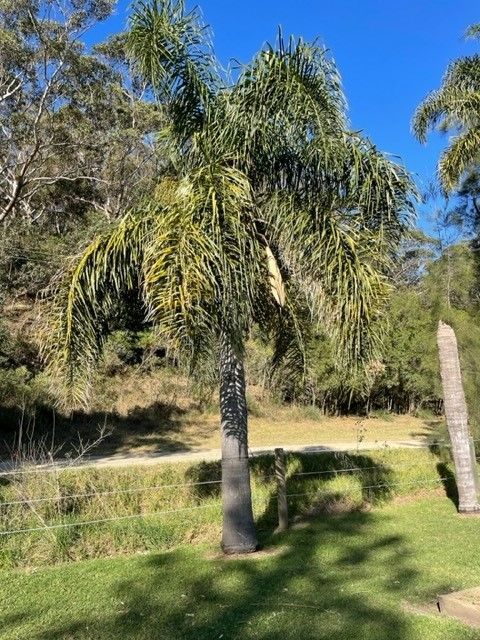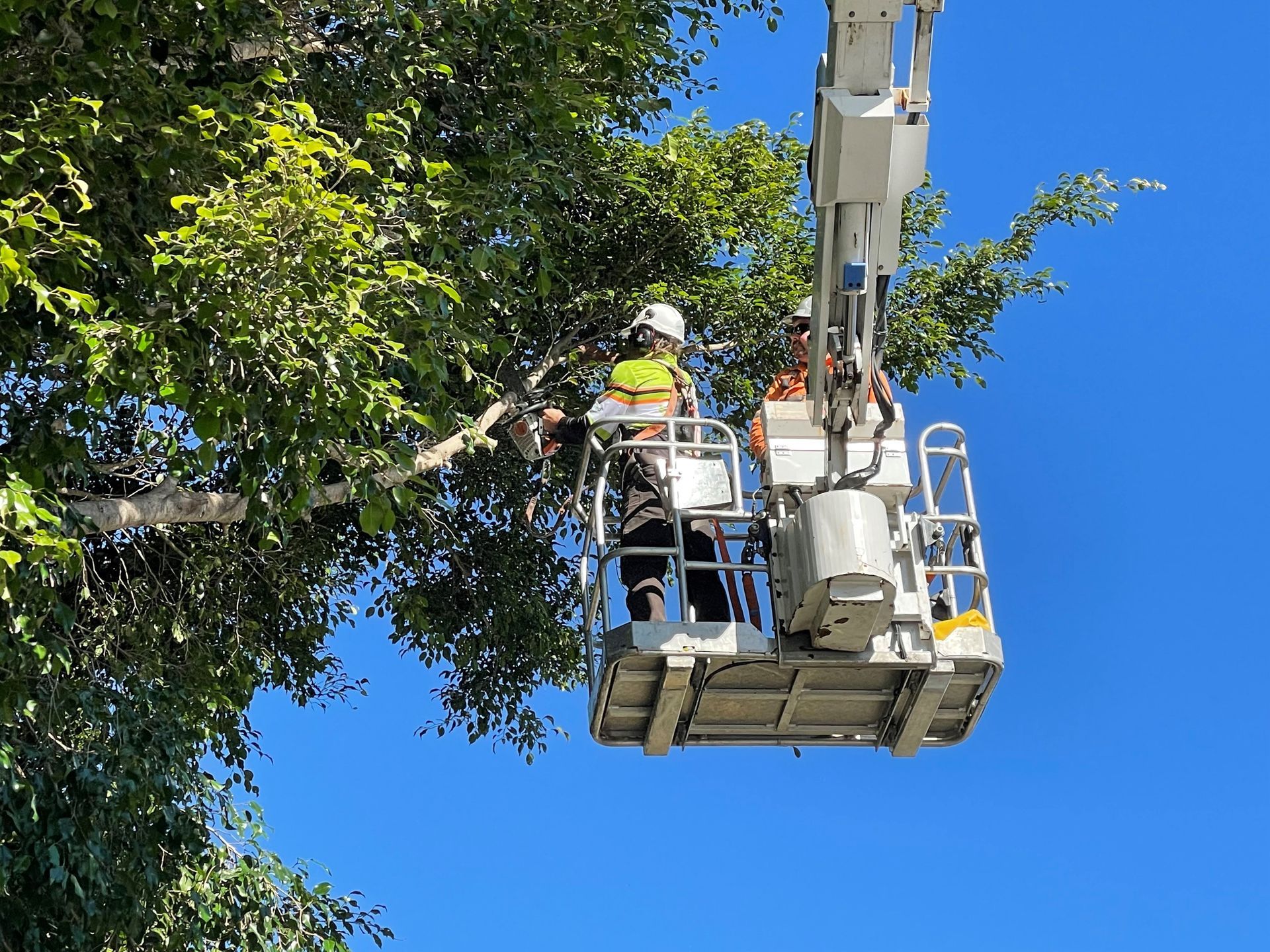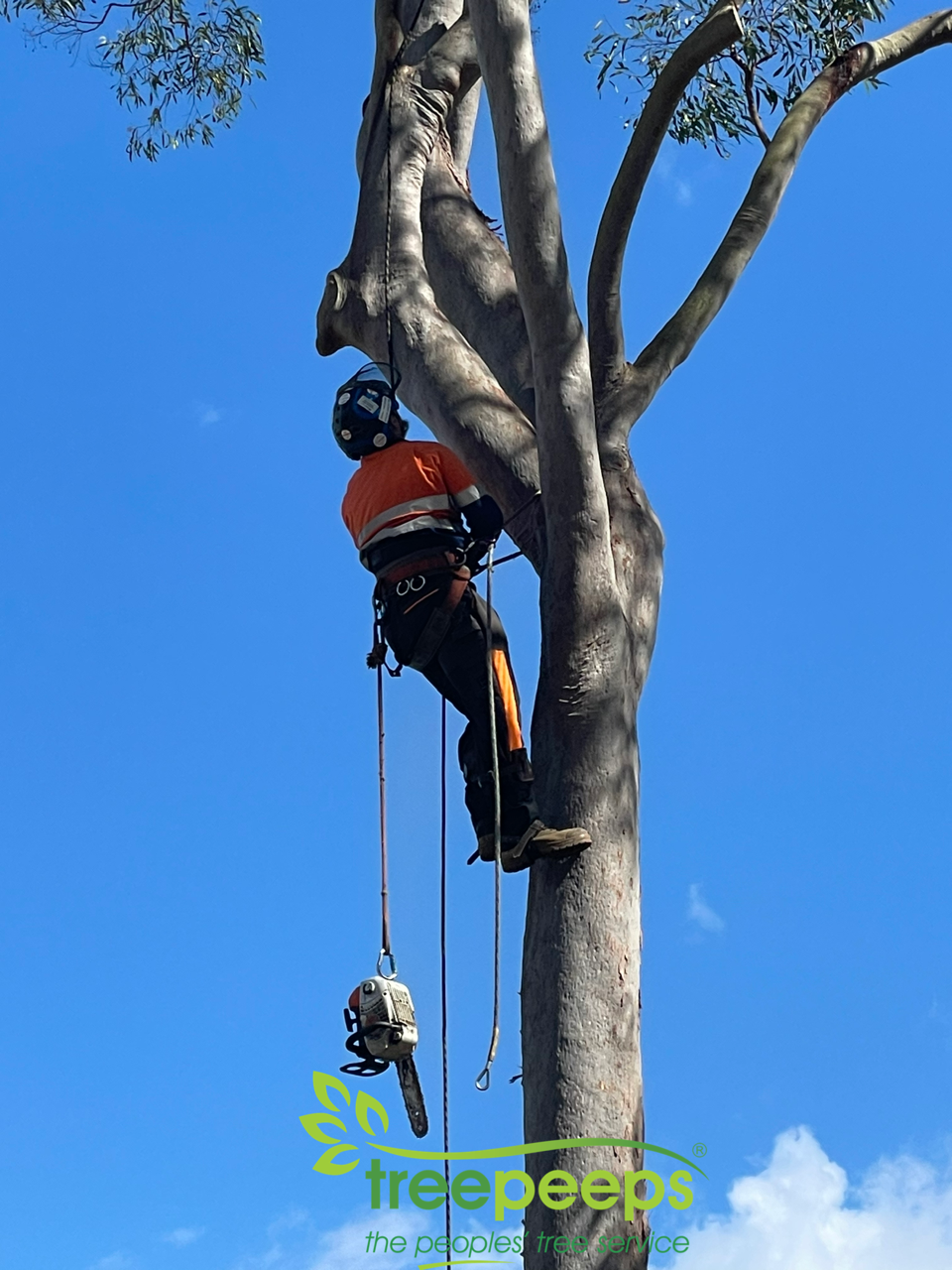Removal and maintenance of the Cocas Palm: Exploring its Allure and Ecological Impact in Southeast Queensland
Palm Tree Removal & Maintenance in Logan, Brisbane & surrounds
The Cocas palm tree, Syagrus romanzoffiana, is a botanical marvel that has captured the hearts of many with its lush fronds and exotic appearance. Indigenous to South America, this palm species has traversed continents and found a new home in various corners of the world, including the picturesque landscapes of Australia. In this article, we will embark on a journey to understand the presence of Cocas palms in Australia, with a specific focus on Southeast Queensland. As we delve into its attributes, we will also uncover its status as an environmental weed and its potential impact on flying foxes, shedding light on the intricate balance between its allure and ecological effects.
Cocas Palms in Southeast Queensland and Environmental Weed Status:
The Cocas palm's graceful silhouette and vibrant greenery have made it a favoured choice for landscaping projects, particularly in Southeast Queensland. However, this captivating palm has not been without controversy. In the state of Queensland, the Cocas palm holds the title of an "environmental weed." Its rapid growth rate and adaptability, once a boon for landscapers, have proven to be a potential threat to the delicate balance of local ecosystems. While they contribute to the visual splendour of the region, their invasiveness poses a risk to native flora and fauna, warranting a cautious approach to their cultivation and management.
Cocas Palms and Their Impact on Flying Foxes:
One of the lesser-known ecological consequences of Cocas palms lies in their relationship with flying foxes (Pteropus spp.), important pollinators and seed dispersers in Australian ecosystems. While these magnificent creatures play a crucial role in maintaining biodiversity, Cocas palms can inadvertently harm them. The male flowers of Cocas palms produce copious amounts of pollen, and when in bloom, the air becomes laden with this pollen. Flying foxes, in search of food, may consume the pollen-laden flowers, resulting in a condition known as "palm poisoning." This phenomenon occurs when the pollen adheres to the fur of flying foxes and is ingested during grooming. In severe cases, this ingestion can lead to discomfort, injury, severe constipation, dehydration, and even death among younger flying fox populations. Furthermore, the green fruit of Cocas palms can be toxic when consumed by flying foxes, and the seeds have the potential to cause gut obstruction, posing additional threats to their well-being.
Removing Cocas Palms from Your Property:
If you have Cocas palm trees or any other trees on your property that you would like to have removed, Treepeeps is here to assist you. Our dedicated team offers a range of tree removal services, including a free onsite visit and quotation. We understand the importance of maintaining a balanced ecosystem while ensuring the safety and aesthetic appeal of your surroundings. Contact us today to schedule a consultation and take the first step towards a harmonious coexistence with nature.
Conclusion:
The allure of the Cocas palm tree is undeniable, casting a spell on those who appreciate its tropical grandeur. Yet, beneath its picturesque exterior lies a complex ecological story that demands careful consideration. As Southeast Queensland continues to embrace the elegance of the Cocas palm, it is essential to acknowledge its status as an environmental weed and its potential impact on flying foxes. By fostering an awareness of these facets and partnering with experts like Treepeeps, we can make informed choices about its cultivation and management, fostering a harmonious coexistence between the allure of the palm and the delicate balance of our ecosystems.
Blog
LOCATIONS
Head Office
Lobby 1, Level 2, 76 Skyring Terrace, Newstead QLD 4006
MORE INFO
ABN: 99 646 672 200
SERVICE AREAS
QLD: Greater Brisbane & Surrounds, Logan, Beaudesert, Ipswich, Beenleigh & Gold Coast
NSW: Sydney Metro, Greater Western Sydney
Business Hours
- Mon - Sun
- Open 24 Hours




